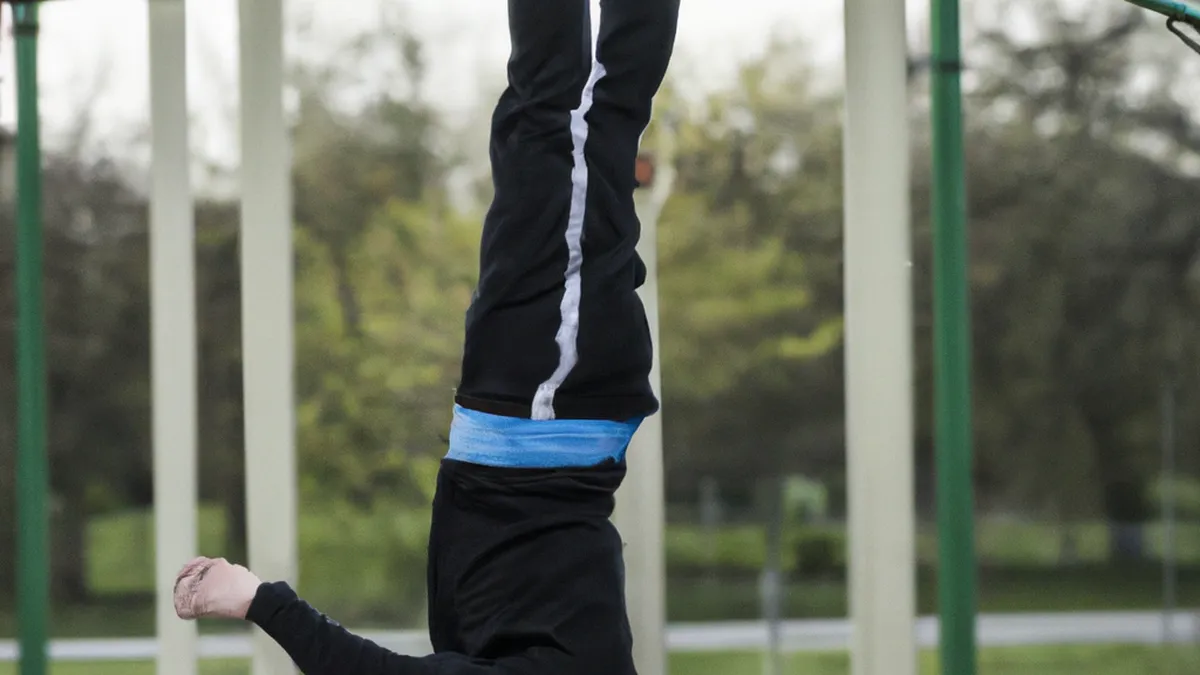Create Safe Play Environments for Athletes
Safe Practices for Youth AthletesYouth sports provide young athletes with opportunities for physical activity, teamwork, and personal growth. These experiences help develop discipline, resilience, and social skills. However, safety remains a top priority. By following safe practices, parents, coaches, and athletes can prevent injuries and create a positive sporting environment. This post shares essential tips for keeping youth athletes safe on and off the field.
Understand the Risks
Sports involve various risks, and youth athletes are particularly vulnerable. Their developing bodies and inexperience increase these risks. Most injuries happen during practices or games, with common injuries including sprains, strains, fractures, and concussions.Understanding these risks helps parents and coaches take proactive measures. Coaches must recognize signs of overuse injuries, such as persistent pain or swelling, indicating that athletes may need more recovery time.
Educate Coaches and Parents
Education plays a crucial role in preventing injuries in youth sports. Coaches and parents must learn about potential injuries and best practices to minimize risks. Workshops, seminars, and online resources can provide valuable information on injury prevention, proper techniques, and warm-up and cool-down exercises.Additionally, coaches must receive training in first aid and CPR. Quick responses to emergencies can significantly impact athlete safety and well-being.
Promote Proper Equipment
Proper sports gear protects youth athletes. Helmets, pads, mouthguards, and appropriate footwear can reduce injury risk. Coaches must ensure all athletes wear the correct equipment for their sport, and that it fits properly.Regular equipment checks ensure gear remains in good condition. Outdated or damaged equipment compromises safety, so coaches and parents must stay vigilant about maintaining and replacing gear.
Encourage Proper Training
As an Amazon Associate I earn from qualifying purchases.
Gear tip: consider wrist wraps, liquid chalk, and resistance bands set to support this topic.
Youth athletes need training tailored to their age, skill level, and physical abilities. Coaches should create age-appropriate training programs that build strength, endurance, and skill development.Incorporating various activities into training helps develop different muscle groups and reduces the risk of overuse injuries. Coaches must teach athletes the fundamentals of their sport, as understanding basic techniques lowers injury likelihood.
Focus on Technique
Proper technique is essential for preventing injuries among youth athletes. Coaches must prioritize teaching correct techniques during practices. For instance, teaching athletes how to fall safely can prevent concussions and fractures. Instruction on safe landing, pivoting, and running techniques also helps prevent common injuries in high-impact sports.Regular feedback and positive reinforcement encourage athletes to focus on technique over performance.
Conclusion
In summary, prioritizing safety through education, proper equipment, training, and technique significantly benefits youth athletes.
Below are related products based on this post:
FAQ
What are the common injuries youth athletes face?
Youth athletes are particularly vulnerable to injuries such as sprains, strains, fractures, and concussions. These injuries often occur during practices or games due to their developing bodies and inexperience. Understanding these risks is crucial for prevention.
How can coaches and parents educate themselves about injury prevention?
Coaches and parents can participate in workshops, seminars, and utilize online resources to learn about potential injuries and best practices. Education on injury prevention techniques, warm-up and cool-down exercises is vital in minimizing risks associated with youth sports.
Why is proper equipment important for youth athletes?
Proper sports gear, such as helmets, pads, and appropriate footwear, is essential in reducing injury risk for youth athletes. Coaches must ensure that equipment fits correctly and is regularly checked for damage or wear to maintain safety during sports activities.















Post Comment